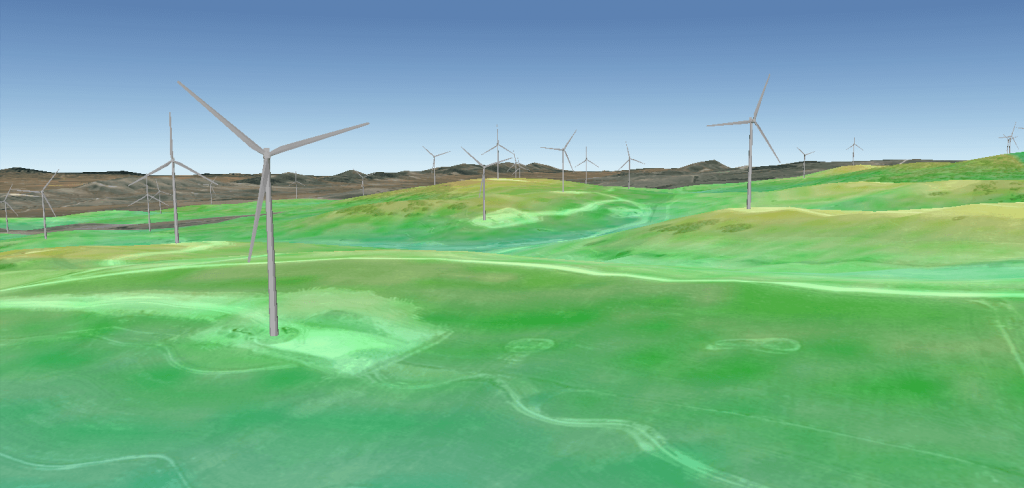
Installation of Hornsdale Wind is occurring in two 100-MW phases. OST provided EYA services based on the the unique site topography and its expected impact on wind generation.
OST Energy (OST), a technical advisor for wind, solar, and storage initiatives, has delivered Independent Energy Yield Assessments (EYAs) for two 100-MW stages of the Hornsdale Wind Farm project under development by international renewable-energy developer, Neoen, in South Australia.
Despite recent political hurdles, Australia’s wind-power industry has expanded rapidly during the last decade, with 76 wind farms boasting a combined capacity of over 4,000 MW in 2015. Last year, these sites were responsible for 33.7% of the country’s clean energy production, and 4.9% of its total electricity. South Australia, with its hilly terrain, is an area of particularly strong wind resources and is a major contributor to these figures.
However, managing the impact of complex topography on the performance of wind farms in the region poses a challenge for project developers looking to make the most of this resource.
At Neoen’s 7,500-hectare Hornsdale site to the north of Jamestown, project development is taking place in phases, with a number of turbines already installed at the 100-MW Hornsdale 1 Wind Farm, and the 100-MW Hornsdale 2 Wind Farm currently under construction. Upon completion, the overall capacity of the project is set to be 309 MW.
OST was engaged to provide EYA services, taking into account the unique topography and layout of both sites and their impact on expected generation.
In particular, the proximity of the projects led to concerns regarding the wake effects of one wind farm site on the other. Similarly, the spacing of the turbines further increased the difficulty in assessing this wake impact, which if underestimated, risked creating potential generation shortfalls. Furthermore, a number of steep slopes across the site created areas of potential flow separation, adding further complexity to the task.
“As the number of wind farms in South Australia continues to increase, the area’s complex terrain offers fresh challenges for developers looking to assess the productivity of their sites,” noted Richard Abrams, Director, OST Energy. “Our collaboration with Neoen proved extremely fruitful, as we not only delivered the detailed yield assessments needed to underpin the project’s financing, but also provided reliance for Neoen and a further eight international lenders involved in the site.”
OST’s extensive experience in wake modelling of large onshore and offshore projects was critical in mitigating this wake effect. OST made use of site-specific wind turbine power curve guarantees, performance warranties and contract structure details to inform and strengthen its assessment of the sites’ predicted energy yields.
In addition, OST undertook flow model validations, making use of existing remote sensing data to validate wind shear measurements from on-site masts. The availability of a portable ground-based SoDAR unit at the projects ensured a means of obtaining accurate wind measurements, particularly on uneven terrain.
“It was a pleasure working with the OST team,” said François Debaillon-Vesque, Project Manager at Neoen. “The project was subject to particularly demanding time constraints and OST delivered consistent, high quality reports, allowing us to make timely, informed decisions.”
Filed Under: News, Projects




